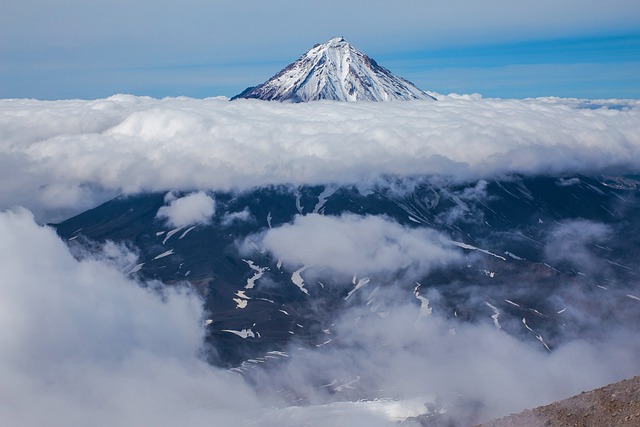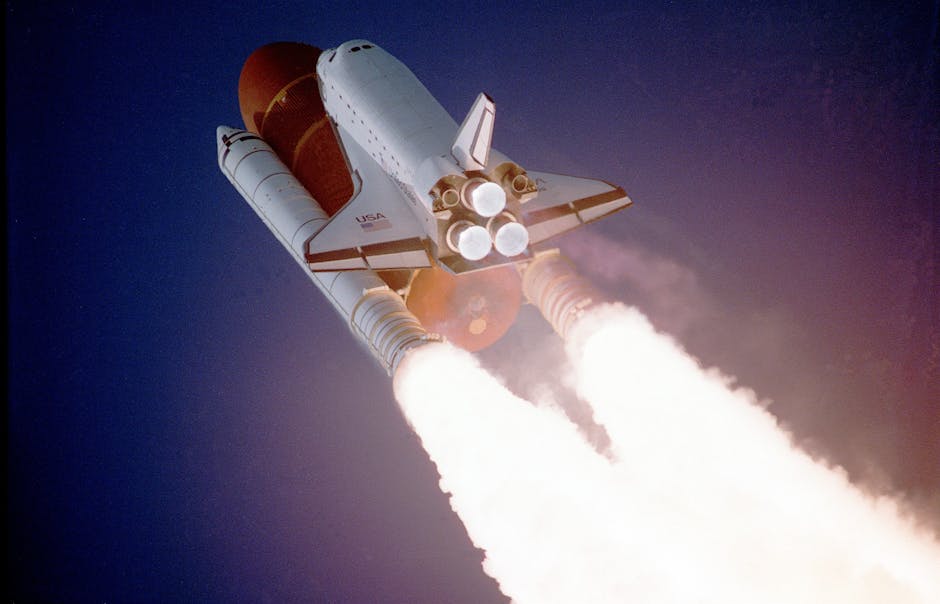[ez-toc]
Imagine a volcano, not spewing molten rock like a fiery dragon, but oozing a viscous liquid resembling thick honey. This is the captivating reality of Ol Doinyo Lengai, a unique and enigmatic volcano nestled in the Great Rift Valley of Tanzania. Renowned for its extraordinary carbonatite lavas, this volcano has been captivating scientists and adventurers alike for decades. Its eruptions, unlike those of its fiery counterparts, are characterized by a peculiar, almost ethereal, glow. The molten rock, rich in calcium carbonate, cools and solidifies rapidly, forming a stark white crust that contrasts sharply with the surrounding landscape.
The recent events, however, tell a different story. Ol Doinyo Lengai, the “Mountain of God” in the Maasai language, has been displaying signs of an awakening. Satellite observations have revealed a dramatic and short-lived bulging of the land around the volcano, indicating an unusual increase in activity. This phenomenon, often associated with the movement of magma beneath the earth’s surface, has sparked concerns about potential eruptions, and the implications for the nearby communities and the region’s tourism industry are significant.
“The uplift of the ground surface around Ol Doinyo Lengai is a reminder that this is an active volcano, and we need to be vigilant in monitoring its activity.”
The Unusual Uplift: A Sign of Things to Come?
The story of Ol Doinyo Lengai’s recent uplift begins in March 2022. Scientists, utilizing data from the Global Navigation Satellite Systems (GNSS), noticed a significant departure from the expected patterns of ground movement. The volcano’s flanks, normally displaying subtle shifts, started to rise at an alarming rate. This phenomenon, known as “transient deformation,” was not just a temporary hiccup but a persistent trend. The uplift continued until August 2023, leaving scientists puzzled and concerned. The nature of this unusual movement remains a subject of intense scientific inquiry, with researchers from Virginia Tech and their international collaborators working tirelessly to unravel the mysteries of Ol Doinyo Lengai.
What Does This Tell Us About the Volcano?
The recent uplift, coupled with the volcano’s history of dramatic eruptions, has ignited a sense of urgency in the scientific community. This phenomenon provides valuable insights into the complex interplay between the Earth’s interior and its surface manifestations. For instance, the magma reservoir beneath Ol Doinyo Lengai, the heart of its eruptive potential, is believed to have undergone significant changes. These changes, though still shrouded in mystery, are likely the driving forces behind the observed uplift.
We also Published
- For Loop in Julia
0 50 100 150 200 - How to install a WordPress plugin by uploading the file to the filesystem
Want to install a WordPress plugin from a file? Download, unzip, upload to /wp-content/plugins/, activate in dashboard. Easy! #WordPressTips - Top Blockchain Algorithms for Beginners
Blockchain technology is revolutionizing various industries, from finance to supply chain management. Understanding the underlying algorithms is crucial for anyone looking to dive into the world of blockchain. I have compiled a list of top blockchain algorithms for beginners to help you get started by explaining the essential algorithms that power blockchain networks. Whether blockchain […]
The Power of Satellite Monitoring: Unveiling the Volcano’s Secrets
Our understanding of Ol Doinyo Lengai’s behavior has been profoundly shaped by the advent of advanced satellite technology. Satellite-based monitoring, specifically through Interferometric Synthetic Aperture Radar (InSAR), has revolutionized our ability to observe and understand volcanic activity. This technology, akin to a powerful magnifying glass peering into the Earth, can detect even the subtlest movements in the ground, allowing scientists to identify potential precursors to eruptions. InSAR can see through clouds and darkness, making it a powerful tool, particularly in remote or inaccessible locations. The continuous stream of data provided by satellites like Sentinel-1, capturing the Earth every 6-12 days, has transformed our understanding of volcanic activity. The insights gained from these observations have significantly enhanced our ability to forecast eruptions, providing invaluable information for disaster preparedness and risk mitigation.
The Significance of Continuous Monitoring
Satellite data has revealed a fascinating array of deformation patterns, ranging from localized changes, spanning a few kilometers, to massive regional uplifts, covering hundreds of kilometers. These patterns, often subtle and elusive, can be easily overlooked using traditional ground-based monitoring methods. The ability to capture these dynamic changes, both large and small, highlights the power of satellite technology.
The integration of satellite observations with ground-based monitoring networks provides a holistic picture of volcanic activity. The data collected from various sources, such as GNSS sensors, tiltmeters, and seismic stations, combined with satellite data, allows scientists to build comprehensive models of volcanic behavior. These models, in turn, help them predict the likelihood of eruptions, assess potential risks, and guide emergency response strategies.
Ol Doinyo Lengai: A Volcano of Extremes
Ol Doinyo Lengai is not just an active volcano; it’s an extraordinary natural phenomenon. The lava flows from this volcano are a stark departure from the typical molten rock we associate with volcanic eruptions. These lavas, known as carbonatites, possess unique properties that set them apart from the more common silicate lavas.
Unique Features of Carbonatite Lava
One of the most striking features of carbonatite lava is its incredibly low viscosity. Imagine a lava flow that resembles thick honey, flowing effortlessly over long distances. This, in essence, is the nature of carbonatite lava. It’s fluid, almost like water, and capable of traveling far from the point of eruption. This property sets it apart from silicate lavas, which are significantly thicker and often tend to flow slowly, creating characteristic lava domes and flows. Another remarkable aspect of Ol Doinyo Lengai’s lavas is their remarkably low eruption temperature. While basaltic lavas, common in other volcanic regions, erupt at temperatures exceeding 1100°C, carbonatite lavas are significantly cooler, with eruption temperatures ranging from 500-600°C. This lower temperature is directly linked to the lava’s unique chemical composition. Carbonatites are dominated by carbonate minerals, primarily calcium carbonate, giving them a distinctively different chemical makeup compared to silicate lavas. These lavas are also rich in alkali metals, particularly sodium and potassium, contributing to their unusual properties.
The Significance of Carbonatites
The study of carbonatites offers unique insights into Earth’s deep mantle processes and the formation of these unusual rocks. The low silica content in carbonatite lavas is responsible for their extreme fluidity. Understanding the processes that lead to the formation of these unique magmas provides crucial information about the composition and dynamics of the Earth’s mantle, the layer beneath the Earth’s crust. The distinctive properties of carbonatites also raise interesting questions about the origin and evolution of our planet.
The Future of Ol Doinyo Lengai
As Ol Doinyo Lengai continues to stir, scientists are working tirelessly to monitor its activity and understand its behavior. The insights gained from satellite observations, combined with ground-based monitoring networks, will be crucial in predicting future eruptions and mitigating their impact on nearby communities. The unique nature of Ol Doinyo Lengai, its distinctive carbonatite lavas, and the powerful tools used to monitor its activity, are a testament to the ongoing quest to understand the Earth’s dynamic systems. The story of Ol Doinyo Lengai, a volcano of extremes, is a fascinating glimpse into the intricate workings of our planet, reminding us of the beauty and power of nature.
A Call to Action
The recent events at Ol Doinyo Lengai are a reminder of the importance of continuous monitoring and scientific research in understanding the Earth’s natural hazards. As we push the boundaries of our scientific understanding, we gain valuable knowledge about the planet we call home. Our ability to predict and mitigate these hazards is directly linked to our investment in scientific research and technology. The future of Ol Doinyo Lengai, and the safety of the communities that surround it, depend on our continued efforts to understand this fascinating and volatile volcano.
RESOURCES
- Ol Doinyo Lengai
- Ol Doinyo Lengai Volcano – UPSC Notes
- Mount Ol doinyo Lengai – Visit Tanzania – Land of the Kilimajaro
- Ol Doinyo Lengai: Unpacking the Mystery Below
- Detecting Transient Uplift at the Active Volcano Ol …
- Ol Doinyo Lengai – Global Volcanism Program
- Elucidating the magma plumbing system of Ol Doinyo …
- Ol Doinyo Lengai
- Oldoinyo Lengai Volcano
- 76 Ol Doinyo Lengai Stock Photos and High-res Pictures
- Ol Doinyo Lengai | Active Volcano, Natron Lake, …








0 Comments